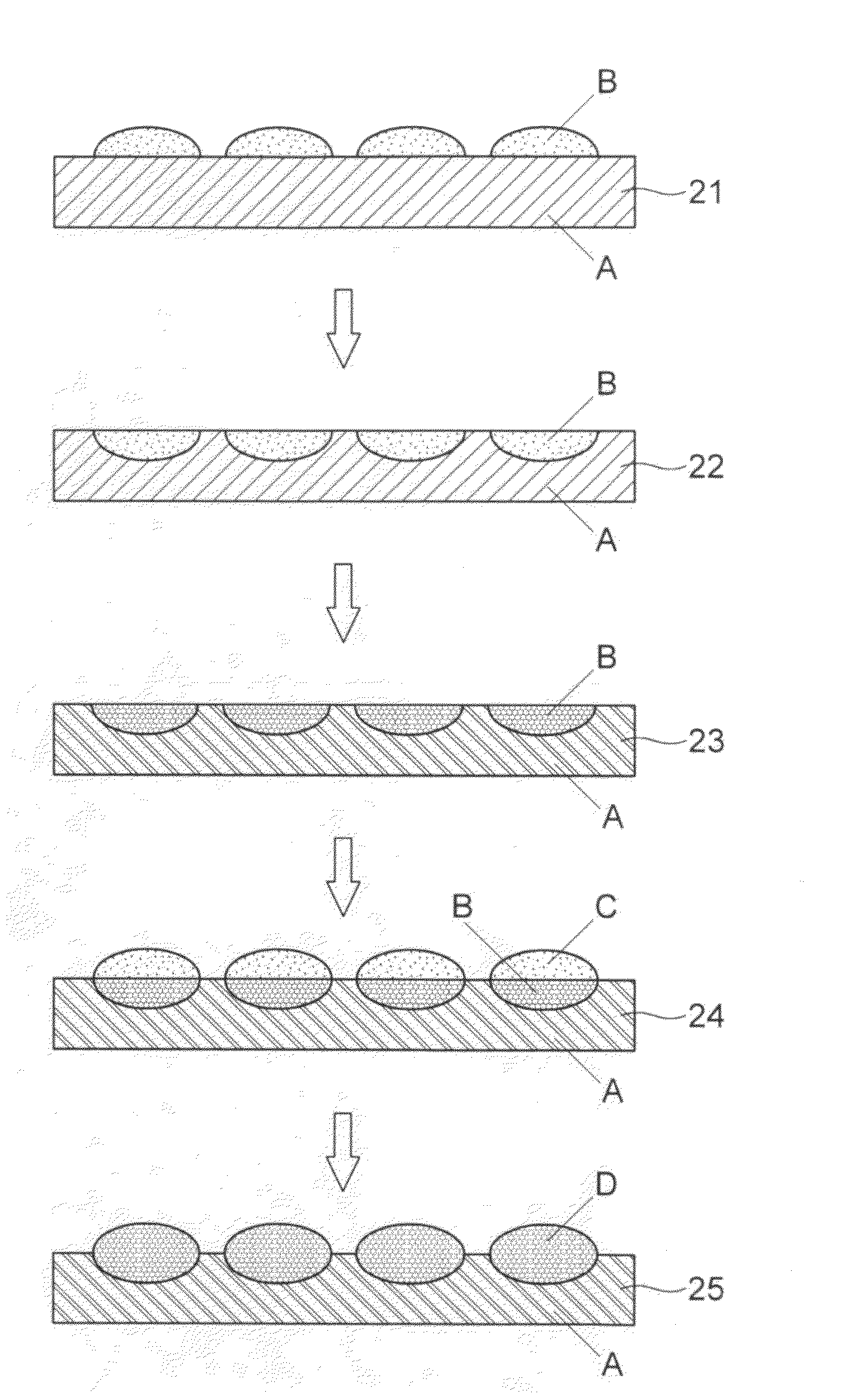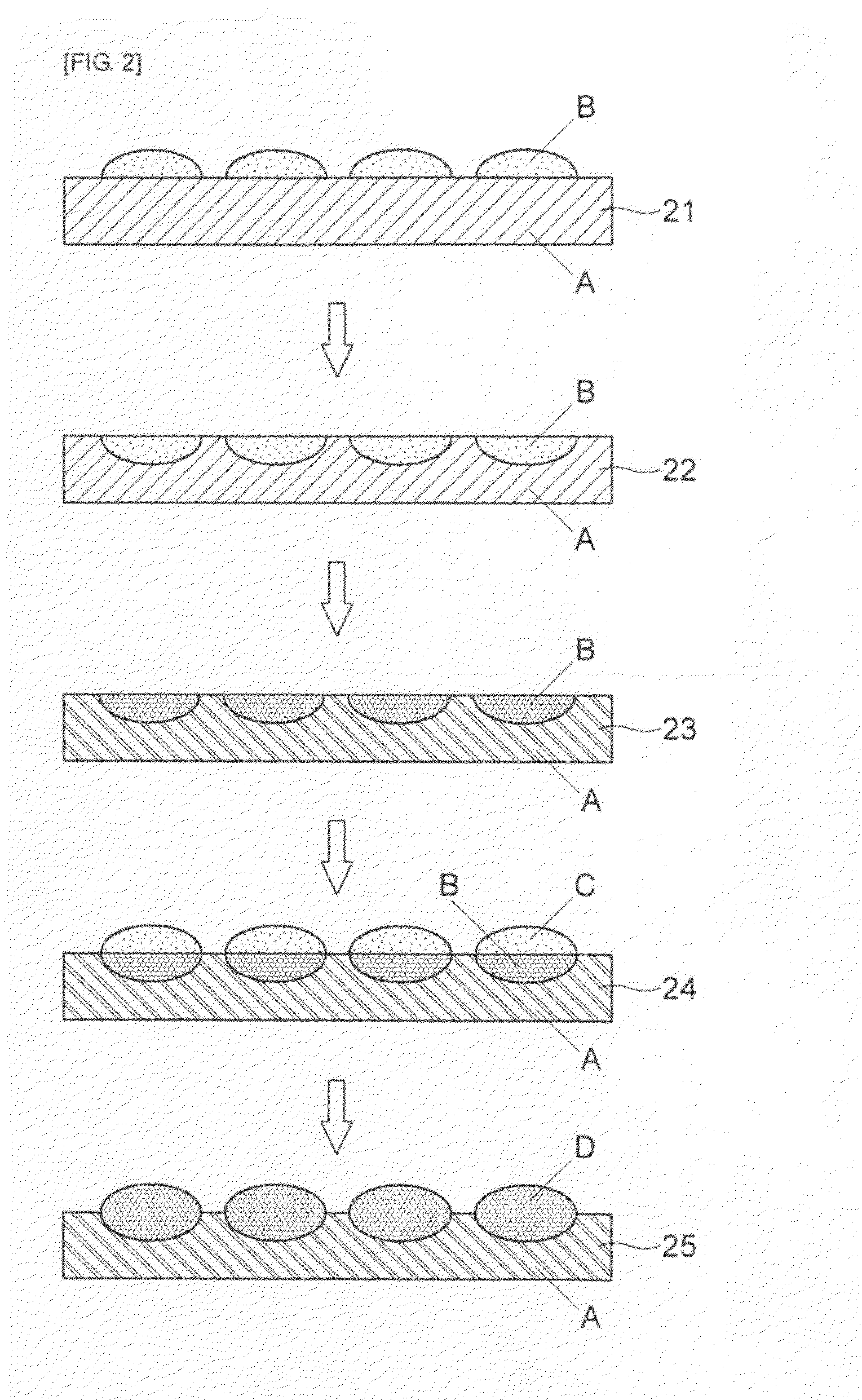Ceramic substrate and method of manufacturing the same
- Summary
- Abstract
- Description
- Claims
- Application Information
AI Technical Summary
Benefits of technology
Problems solved by technology
Method used
Image
Examples
Embodiment Construction
[0031]The present invention will now be described more fully hereinafter with reference to the accompanying drawings, in which exemplary embodiments of the invention are illustrated.
[0032]The present invention may, however, be embodied in different forms and should not be construed as limited to the embodiments set forth herein. Rather, the present invention is intended to cover various modifications and equivalent arrangements included within the spirit and scope of the appended claims, and equivalent thereof.
[0033]Hereinafter, a ceramic substrate and a method of manufacturing the same according to an embodiment of the present invention will be described in detail with reference to the accompanying drawings, and the same or corresponding constituents irrespective of drawing reference numerals will be given with the same reference numerals and the overlapped explanation thereof will be omitted.
[0034]FIG. 2 is a flowchart illustrating a method of manufacturing a ceramic substrate acc...
PUM
 Login to View More
Login to View More Abstract
Description
Claims
Application Information
 Login to View More
Login to View More - R&D
- Intellectual Property
- Life Sciences
- Materials
- Tech Scout
- Unparalleled Data Quality
- Higher Quality Content
- 60% Fewer Hallucinations
Browse by: Latest US Patents, China's latest patents, Technical Efficacy Thesaurus, Application Domain, Technology Topic, Popular Technical Reports.
© 2025 PatSnap. All rights reserved.Legal|Privacy policy|Modern Slavery Act Transparency Statement|Sitemap|About US| Contact US: help@patsnap.com



